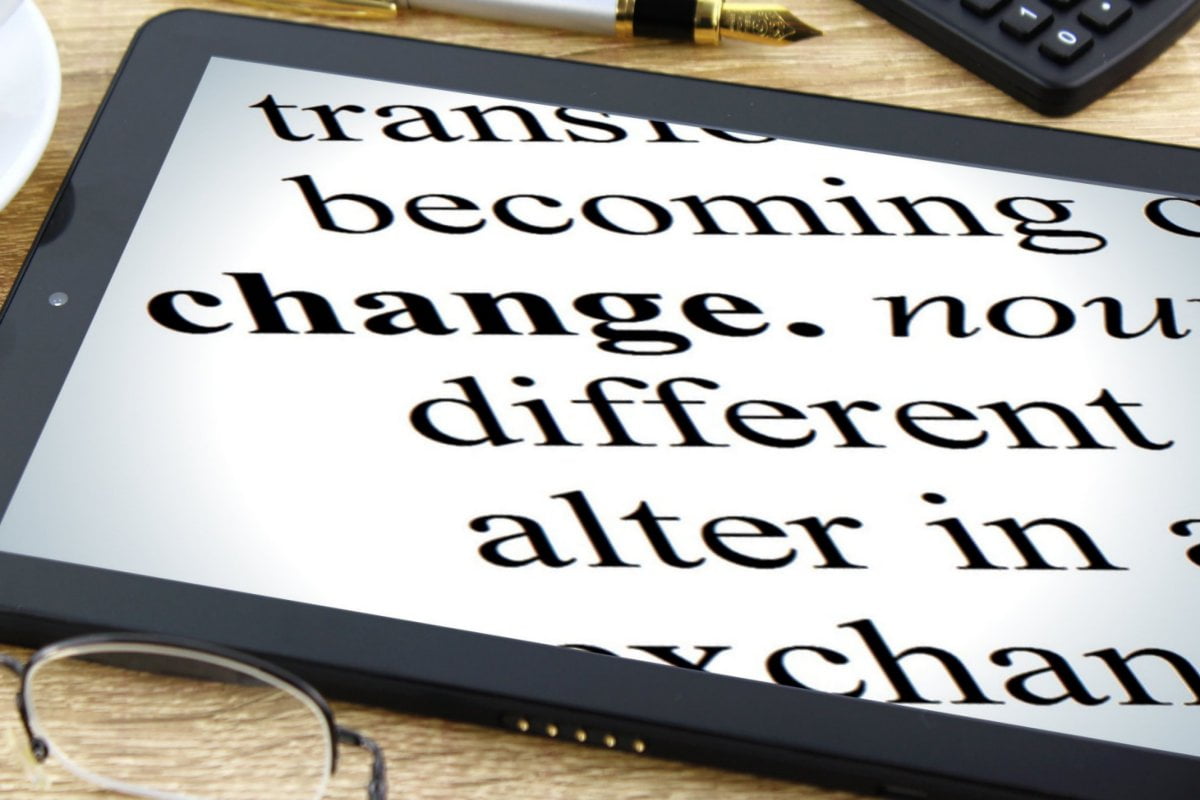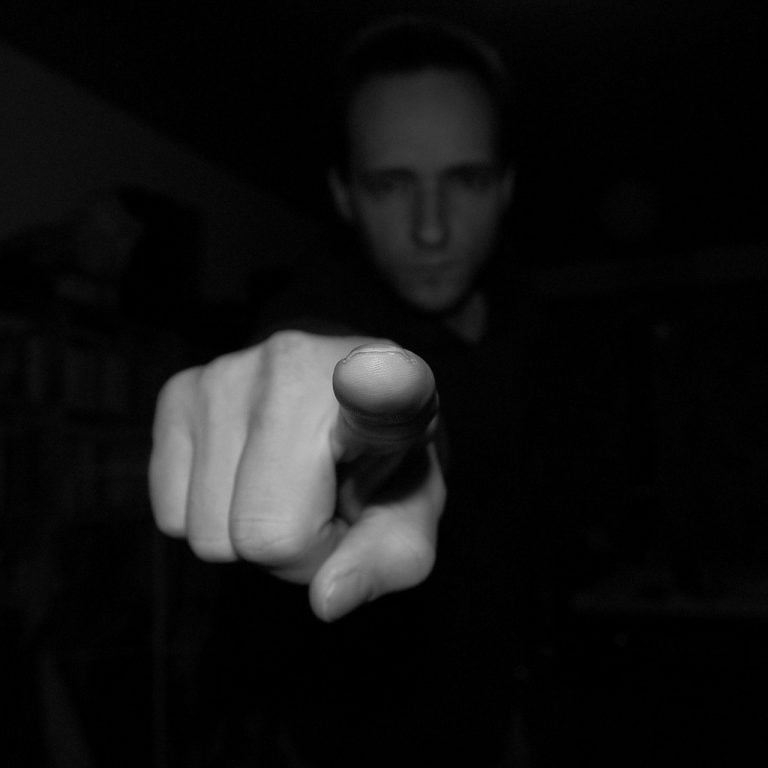Change Happens – Get over it, get on with it!
I know this title is a little provocative. It is supposed to be!!
Two different ways… two different feelings!
- How would you feel if someone tells you that you have to change? There’s no choice.
- How would you feel when you have sufficient experience to perceive why you need to change, how you can change and what is in it for you?
Let’s start with a constant. Change does happen! It is inevitable and it has been happening again and again for thousands of years. In fact, change is the only constant in change. (Including changes to theories about the origins of mankind and the planet!)
In industry, change happens for many reasons; market conditions, organizational evolution, ash clouds, oil spills or even by planned ‘change improvement programs’. Sometimes we choose it; sometimes it is thrust upon us by circumstance or by leaders.
Organizational leaders understand that because change happens, their organization must constantly evolve, adapt and transform itself if it is to survive in the market place, grow to a position of market leadership and improve efficiency and effectiveness. This is why Lean, Six Sigma and other process improvement best practices are so prevalent in business today and why organizational improvement programs are constantly evolving in a quest to find a change program that works straight away and delivers sustainable results.
The process focused tools, techniques and strategies have been finely honed and developed to deliver results, but what has to be recognized is that it is the people who offer the resistance to change which ultimately affect long term outcomes.
Q. Why is this and how can the problem be resolved?
Resistance happens on a psychological level. People form personal comfort zones and if you ask them to move toward something uncomfortable, they will invariably offer resistance. Sometimes the resistance persists and in some cases, the change initiative fails before it even gets off the ground. This can be massively expensive and disruptive and I’m sure we can all recall such experiences in our own organizations. I’m equally sure that you have felt that uneasy feeling when you have had to push your own boundaries or fully step outside of your own comfort zone (like being detoured on the way to work or your car keys going missing when you’re late). Be it in your private life or your working environment, it doesn’t take much to challenge your patterns and you may well have resisted the change in the form of anger, anxiety, frustration or any number of negative emotions.
The degree to which you resist change depends on a number of factors including: who or what you perceive to be the origin of the imposed change, what assumptions and judgements you make and how threatened you feel by the new conditions relative to the speed of exposure – to name but a few. If it is a person you implicitly trust, you are more likely to accept and follow the course of action.
W.I.I.F.M…?
The irony here is that as humans in a world of change, we yearn for change; we pursue it with a vengeance … but usually only outside of work. When it’s something we want and we subconsciously perceive “What’s In It for Me” (WIIFM), we don’t oppose change; we embrace it.
Think of the weekly chart updates, most weeks there’s a new No.1. In 2000, there were 42 different number one hits in 52 weeks. Also consider how we feel when that ‘comfortable’ regular change disappears? Who remembers the 16 weeks Bryan Adams was No.1 with the Robin Hood Prince of Thieves single “(Everything I do) I do it for you”? Boring right? Or maybe your example is Whitney Houston’s ‘I will always love you’ from the film ‘The Bodyguard’ which lasted 10 weeks. It seemed like an eternity didn’t it?
The evolution from Top of the Pops to live download updates reflects our desire to understand the latest situation quickly; this is largely due to the way our brains derive meaning from feedback.
Heroic Leaders!
Think of the hero in a disaster movie. Despite the circumstances, people are expected to do something which is way outside of their comfort zone. “Jump!” shouts the hero. The character hesitates briefly, but because the hero is consistently confident, the person jumps off the sinking ship or out of the window in the burning building. They reflect the leaders’ behavior.
These hero’s only do what all natural leaders do, they lead by example. In the world of change, this is a really big issue at a psychological level; many leaders today instruct others to change, which is a bit like telling someone to jump from the burning platform into the safety net without holding their hand or jumping with them. Natural leaders do exist but they are few and far between. What do they do differently and why? How do they do it? Wouldn’t you like each of your teams and departments to be led by such people?
Here’s the science bit!
Assumptions occur in people when the systems they encounter fail to provide relevant information in a timeframe that is conducive to their neural requirements. We call this temporal detachment.
Over the course of their lives, people are exposed to different Environmental Emotional Experiences (EEE). This results in them making different assumptions about their current environments which then results in differing opinions or ‘Cognitive Dissonance’.
Cognitive Dissonance is another name for the experience of intuitive discomfort in any given situation, which provokes people to react with an instinctive fear / threat response. They have EEE imprinted self defense mechanisms and a negative reaction resulting in blame / projection / lack of engagement, ownership and responsibility, which results in an external focus of control.
Cognitive Dissonance from assumption, in the face of a lack of timely meaning (not information) also results in people experiencing a low self concept, low confidence, low energy, a lack of creativity and innovation. They fail to solve problems preferring to default to blame and other automatic defences that ultimately undermine organizational performance. The worst thing is, people start to feel comfortable with this ‘way of being’ over time and we don’t challenge what we are comfortable with, regardless of whether it is judged good or bad.
Understanding these and other psychological issues which result in resistance to change will enable a leader to act in such a way that they will consistently choose to elicit positive behaviors and avoid behaving in a way that will result in resistance. That is to say, they will have the knowledge and capacity to choose to act in a way that will get the person to “Jump!!” before the ship sinks or the building burns down. Where leaders can understand the intricate details of the people process that culminates in the motivation of their team members to embrace change, they can realize improvement programs that will be an instant and sustainable success.
Creating heroic leaders at every level in business is about aligning beliefs and behaviors, such that they are seen in direct relationship to performance and profit. The link is absolute and is driven by a philosophy of ‘being’ as a stable foundation, coming before the endeavour of ‘doing’.“How we are, is how we act”. With this awareness, making change that is primarily focused on ‘what we do’ can be seen in a new context.
Authored by David Bovis (Founding Partner, PCC (Psychology of Culture Change) LLP
PCC provides the context in which to perceive the origins of change as something beyond what we ‘do’ in the form of new tools, process and procedure, as is historically popular in the prevailing market. By creating heroic leaders, PCC provides ‘meaning’ – required for each and every individual to understand and make cognitive choices over their actions and reactions, relative to their immediate conditions and organisational objectives; this provides a vehicle by which people can emotionally function in a new and sustainable way, making a change to culture autonomous and sustainable.
Contact him at david.bovis@pcchange.co.uk








